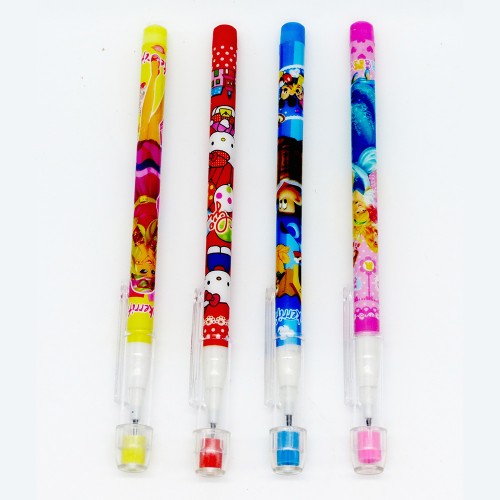Rapid
The Brand
Founded in 1936 in Sweden, Rapid has become the leading fastening specialist in 120 countries all over the world, producing high-quality, user-friendly products in the areas of stapling, tacking and gluing. The Swedish heritage means that all products meet the highest demands of functionality and simplicity of use, while always looking distinctive. This is what we call Svensk Effixity.
Rapid is in control of the whole product process. starting with research & development, manufacturing, distribution and all the way to marketing. Constant improvement of this process has made Rapid the leading fastening specialist in 120 countries all over the world.

Brand History
In 1936 Olle Westlund and a friend established Hestra Celluloid & Sportvarufabrik in their own 40 sqm workshop. After some disagreements Olle was on his own in 1938 working with celluloid (a precursor to clear plastic). He was making map sleeves for military use and face covers for motorcyclists. The armaments race in Europe at the time, led to a shortage of many everyday items. Isaberg Verkstads AB – the new company name – soon produced hair curlers and cycle bells. Thus metal work was introduced in the company.
The map sleeves were assembled with staples using stapling pliers imported from Germany. In 1942 a bomb hit the German factory and the import of pliers ceased. Olle and Simon acted fast. Only 5 months later started the production of Rapid 1. This model, only slightly modified, is still made under the name K1 and is still a bestseller with around 900.000 units per year.
Model 1 was followed by the legendary stapler K2 (has been displayed at the Museum of Modern Art in New York), hole punches, staples and a wide variety of other models. The first hammer-tacker was made in 1950 and the first stapling-gun in ’57.
And now, the company passed its 75-year jubilee with honour and with feet still buried deep in the soil of the vast forests of the Småland area in Sweden. Still cherishing tradition, design and innovation. Still working hard, making Svensk effixity happen for professionals and DIY-users, all over the world.
The Brand
Founded in 1936 in Sweden, Rapid has become the leading fastening specialist in 120 countries all over the world, producing high-quality, user-friendly products in the areas of stapling, tacking and gluing. The Swedish heritage means that all products meet the highest demands of functionality and simplicity of use, while always looking distinctive. This is what we call Svensk Effixity.
Rapid is in control of the whole product process. starting with research & development, manufacturing, distribution and all the way to marketing. Constant improvement of this process has made Rapid the leading fastening specialist in 120 countries all over the world.

Brand History
In 1936 Olle Westlund and a friend established Hestra Celluloid & Sportvarufabrik in their own 40 sqm workshop. After some disagreements Olle was on his own in 1938 working with celluloid (a precursor to clear plastic). He was making map sleeves for military use and face covers for motorcyclists. The armaments race in Europe at the time, led to a shortage of many everyday items. Isaberg Verkstads AB – the new company name – soon produced hair curlers and cycle bells. Thus metal work was introduced in the company.
The map sleeves were assembled with staples using stapling pliers imported from Germany. In 1942 a bomb hit the German factory and the import of pliers ceased. Olle and Simon acted fast. Only 5 months later started the production of Rapid 1. This model, only slightly modified, is still made under the name K1 and is still a bestseller with around 900.000 units per year.
Model 1 was followed by the legendary stapler K2 (has been displayed at the Museum of Modern Art in New York), hole punches, staples and a wide variety of other models. The first hammer-tacker was made in 1950 and the first stapling-gun in ’57.
And now, the company passed its 75-year jubilee with honour and with feet still buried deep in the soil of the vast forests of the Småland area in Sweden. Still cherishing tradition, design and innovation. Still working hard, making Svensk effixity happen for professionals and DIY-users, all over the world.
Mr. Chuang, decided to pursue automation
Bensia founder, Mr. Chuang, decided to pursue automation to solve these problems so after several months of trial and error, the first automatic assembly machine was on stream on June 20, 1969.
After getting into the phase of automatic production, the quality has been improved, and the productivity has been increased immensely. The production cost has been cut to a competitive level, enabling Bensia to move into the world market.
Bensia are always aware of the importance of technology, and continuously devoted to further development and improvement of their automatic machinery. To reach the goal of better quality and lower production cost, Bensia’s efforts on the Research and Development never ceased.
They have been promoted in world market under the trade mark of BENSIA in over 90 countries.
